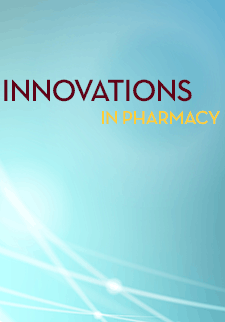Pharmacy Students’ Experiences of Self-regulated Learning through Simulated Virtual Patients
Karen Dahri
Faculty of Pharmaceutical Sciences, University of British Columbia
Kathy Seto
Faculty of Pharmaceutical Sciences, University of British Columbia
Fong Chan
Faculty of Pharmaceutical Sciences, University of British Columbia
Morgan Garvin
Faculty of Pharmaceutical Sciences, University of British Columbia
Paulina Semenec
Centre for Teaching, Learning and Technology, University of British Columbia
Janice Yeung
Faculty of Pharmaceutical Sciences, University of British Columbia
Kimberley MacNeil
Faculty of Education, University of British Columbia
DOI: https://doi.org/10.24926/iip.v13i2.4431
Keywords: virtual patients, simulation, self-regulated learning, pharmacy education
Abstract
Objective: Virtual patient (VP) cases are a valuable learning tool for students, used to apply classroom knowledge and develop clinical skills. It is unknown whether exposure to multiple VP cases helps students develop self-regulated learning (SRL). We sought to learn more about how students engaged in SRL as they made goals for approaching patient care during repeated exposure to cases.
Methods: Second-year students (N=211) were invited to participate in an online survey. Students were surveyed before and/or after completing three VP cases. Each survey consisted of two open-ended questions. Prior to each case, students were asked “How will you change the sequence of your approach to completing the VP assessment today, if at all?” and after each case, “What more do you have to learn in order to approach similar real-life patient assessments?” A thematic analysis was conducted on open-ended survey responses.
Results: One hundred and seventy pre-case and 242 post-case responses were received. The most common themes identified in pre-case surveys were a need for a more systematic approach and specific strategies for executing the patient care process. Some students had no plans for approaching VP cases. The most common themes identified in post-case surveys were knowledge gaps of medical conditions, therapeutics, and lab tests.
Conclusion: VPs provided students the opportunity to self-identify gaps in knowledge and plan to strengthen their clinical reasoning skills. More research is needed to understand the relationship between VP cases, instructional guidance for supporting SRL and the realities of the intended benefits to students' learning and practice.



